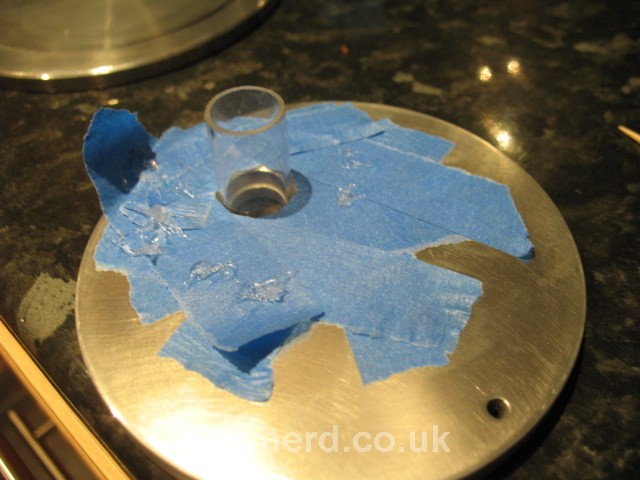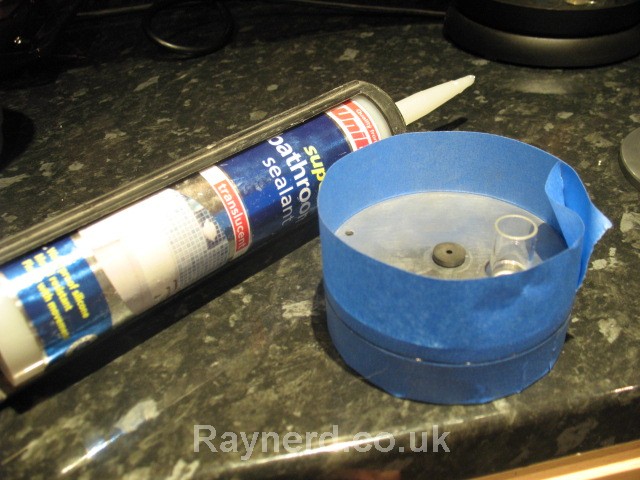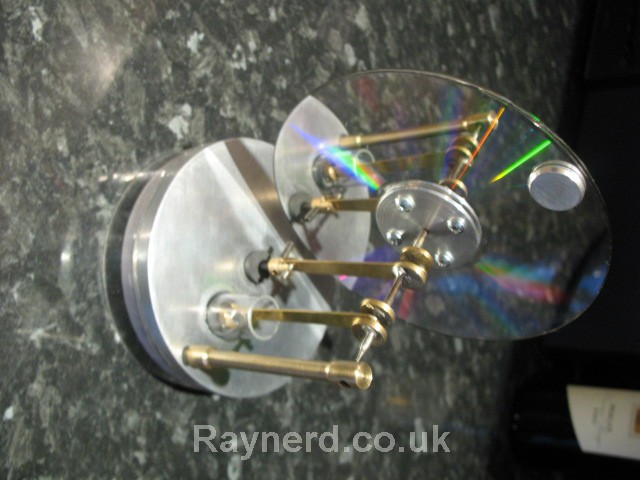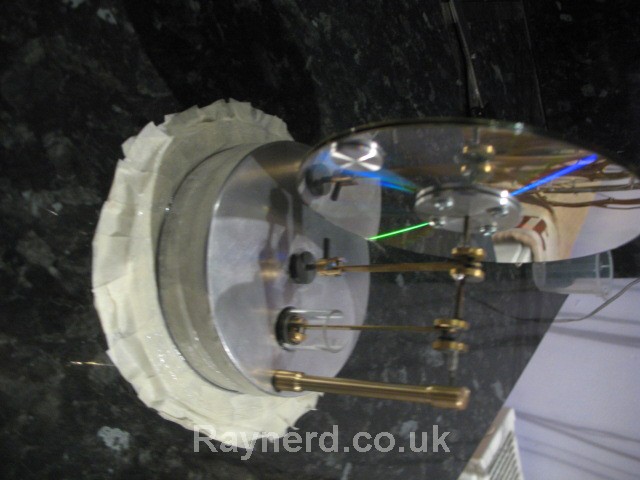Hi guys, thanks for your replies. Yes, Kvom, I did know they could run on a cold source but only because I`ve seen them doing so on youtube and it makes sense but I wouldn`t have considered it. I guess any temperature difference between the plates will cause it to run.
OK, here are some pictures for you. I`m pretty sure that this is all the parts are now complete and I`ll spend tonight polishing them up and then finally sealing the displacer if I have time.
Here is the displacer being cut from foam board. It actually cut very nicely on the lathe with a sharp tool, much better and more accurate than using a craft knife.
This is the holder for the displacer being formed
I next needed to make a similar holder for the flywheel. The plans for the flywheel to be glued to the holder but I wanted to be able to change it from something more aesthetically pleasing, I`m not keen on two CDs stuck together..but again I want to stick to the plans until it runs!
To make the flywheel changeable, I wanted to drill 4 holes so that I could attach it with small screws. So onto the milling machine and mounting my new Boxford spindle nose attachment so I can use the Boxford chuck. Only ever cutting gears, believe it or not, I`ve never using it this way around so have only just run into this potential disaster!! It doesn`t fit!!!!! I need a solution for future!
Luckily with about 2mm clearance I could just centre spot the hole locations but it certainly wasn`t ideal.
Two CDs were glued together and attached to the holder
And now all the pieces in the box ready for polishing and assembly!
OK, I couldn`t resist a quick mock up..notice this was a temporary single disk on the flywheel, it seems to run very very smooth but then the power piston wasn`t in. It did give me an idea of what it would look like.
Hopefully further updates shortly! I will need to leave it at least 18 hours for the sealant to dry and of course that is if I get onto it tonight.


















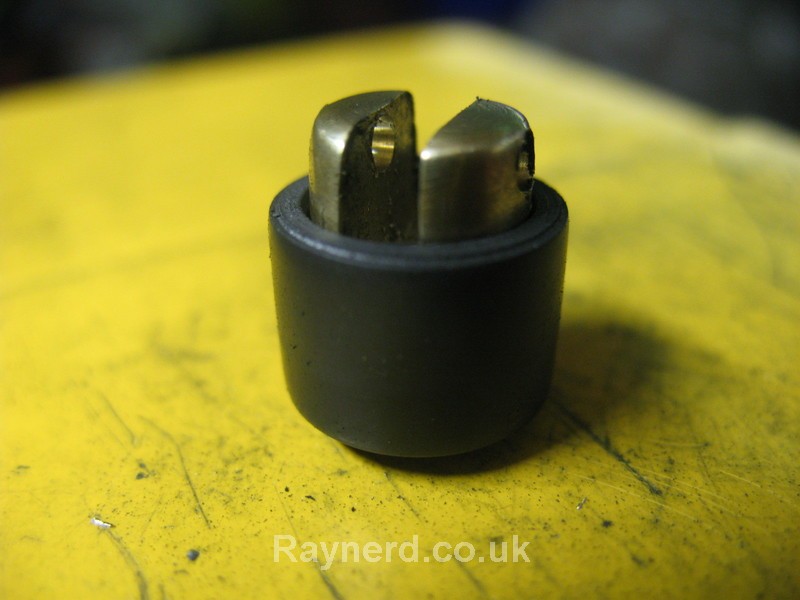
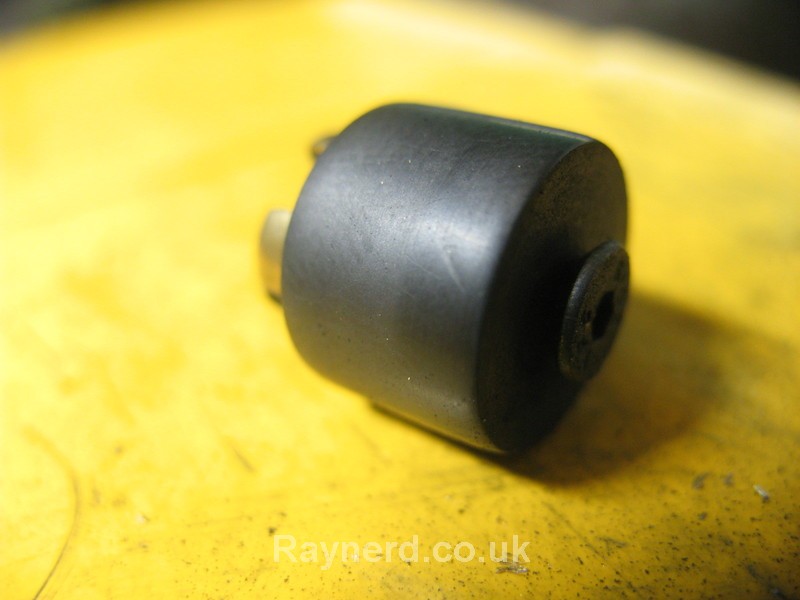
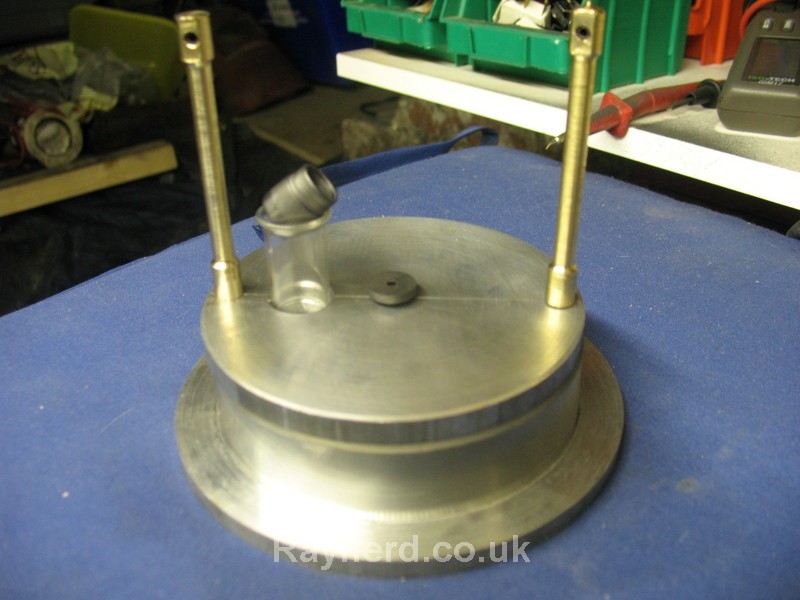
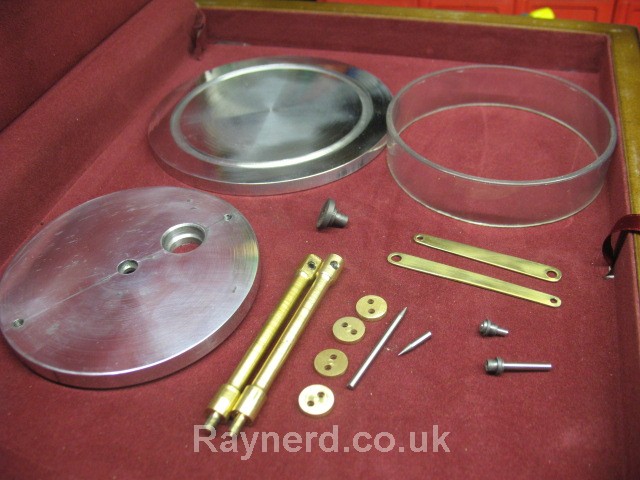


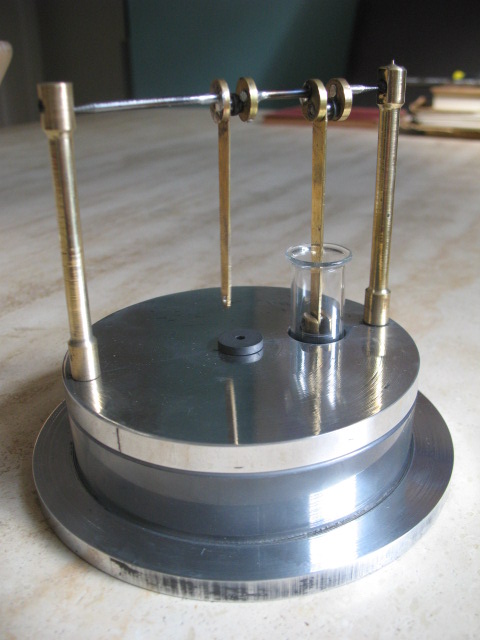

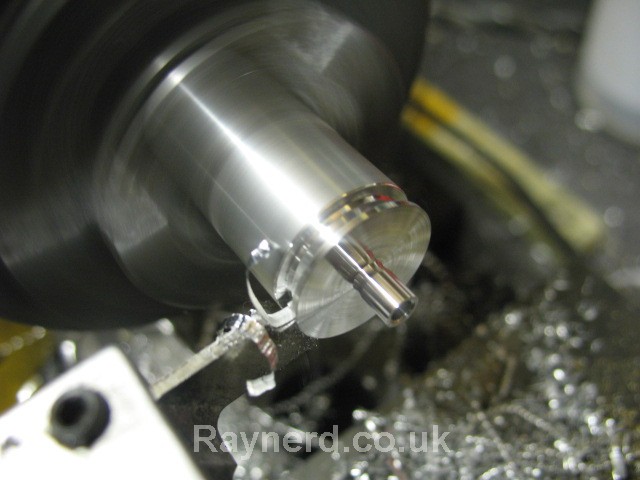
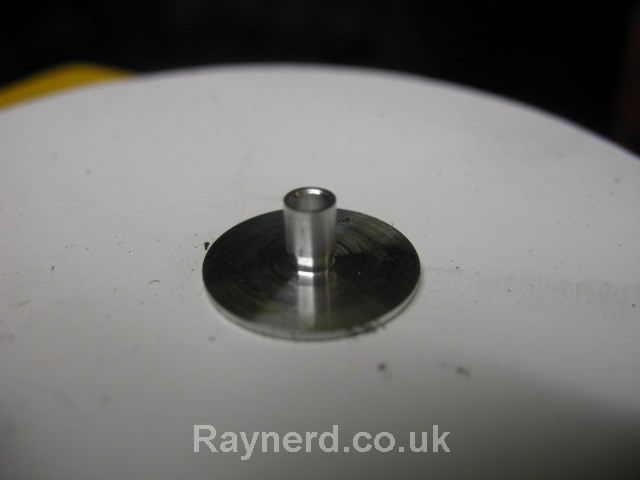


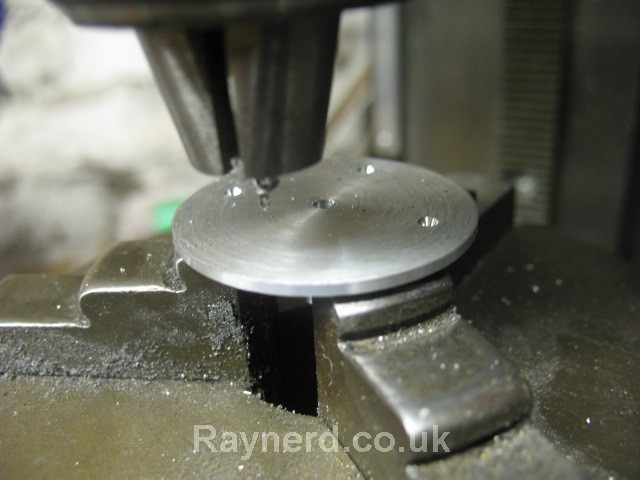

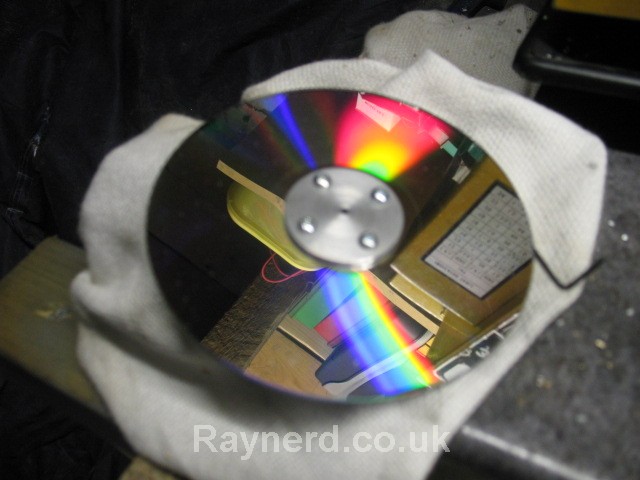
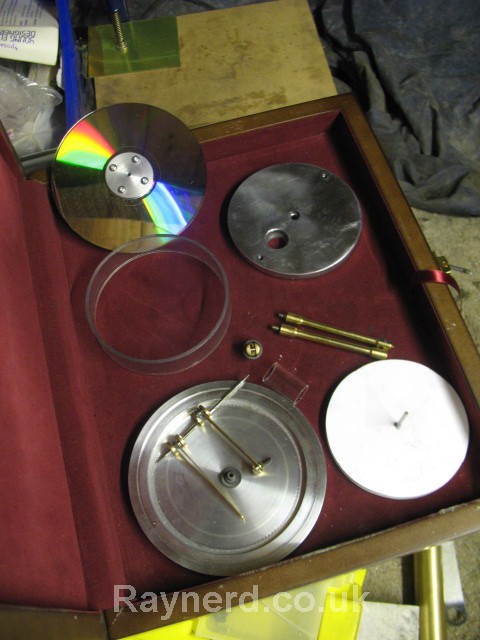
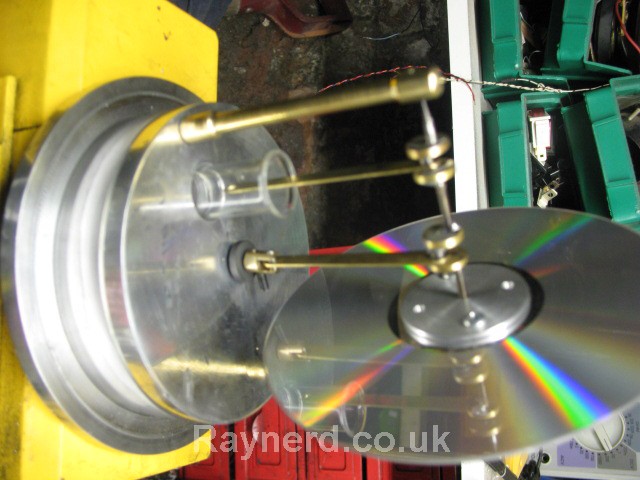



![MeshMagic 3D Free 3D Modeling Software [Download]](https://m.media-amazon.com/images/I/B1U+p8ewjGS._SL500_.png)






![DreamPlan Home Design and Landscaping Software Free for Windows [PC Download]](https://m.media-amazon.com/images/I/51kvZH2dVLL._SL500_.jpg)














































